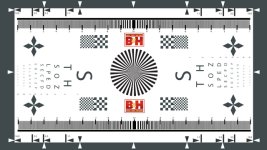birdwatcheryes
Member

Been thinking about this for awhile. Has anyone come up with a test chart to test lets say the 75x DS fixed eyepiece and the 30x DS eyepiece to determine if the sharpness is on the higher or lower side of the scale as I've read here often about sample variation?





